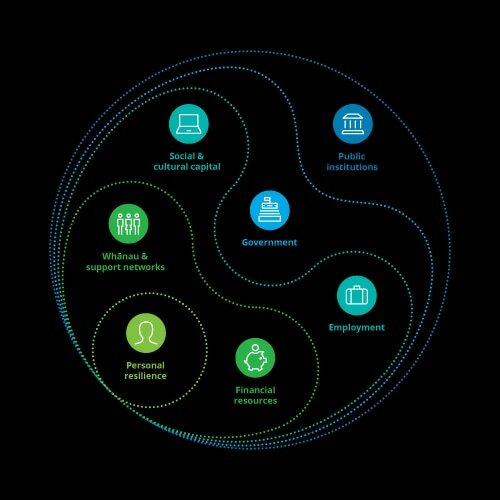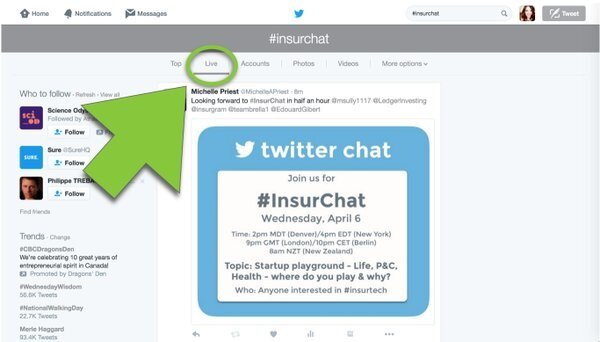- A custom is a traditional and widely accepted way of behaving or doing something that is specific to a particular society, place, or time.
- Rules are set of explicit or understood regulations or principles governing conduct or procedure within a particular area of activity.
So what protection options are available for those who cherish custom but abhor rules? My view is the social aspect of donation based crowdfunding (a limited form of protection) brings with it an expectation of conforming to a widely accepted way of behaving - you are not going to raise any money for your personal crisis campaign if your crisis was a result of 'bad' behaviour.
But what is 'bad' behaviour? 'Bad' behaviour is more fluid than insurance rules and is largely determined by your peers who choose to either donate or not. Interestingly 'good' behaviour is important too, as this may increase the chance of a campaign going viral.
If you abhor rules, cherish custom but don't fancy your luck of going viral, then PeerCover's matched crowdfunding club may be worth a look.
ps The fact that the character Baba was an poor first generation US immigrant may also explain why he didn't have health insurance.





